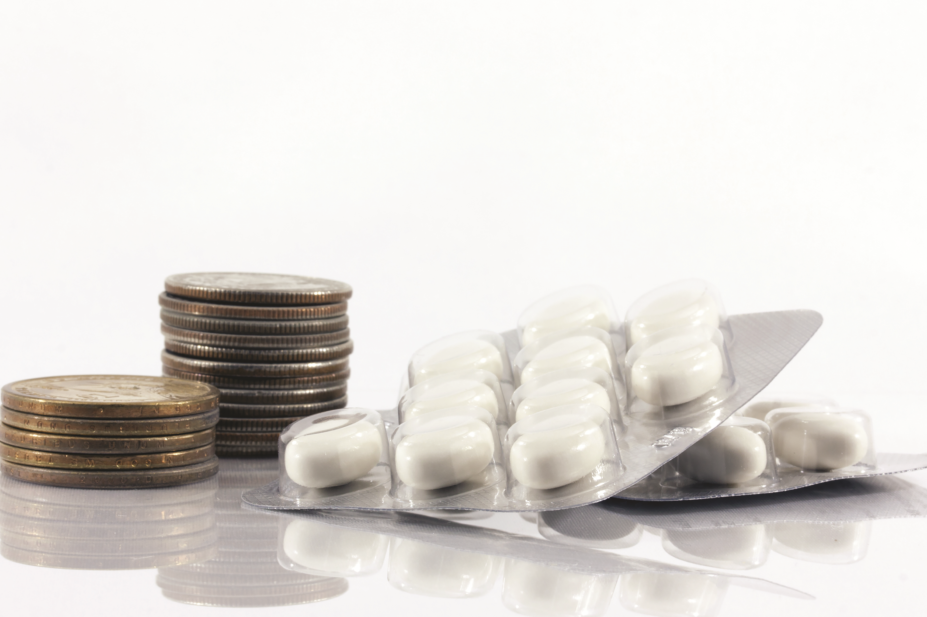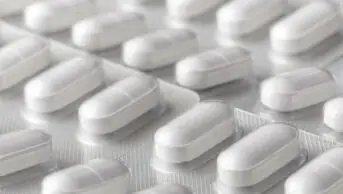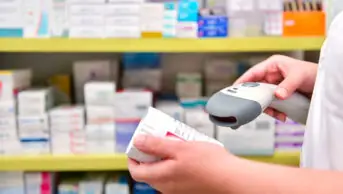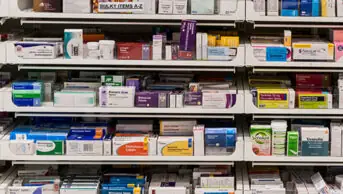
Shutterstock.com
The Department of Health and Social Care (DHSC) has halved its expenditure on price concessions in the past year, according to a recent analysis.
Figures compiled by analysts at Openprescribing, a data lab at the University of Oxford, have revealed that as at the end of February 2019, the NHS was estimated to have spent £156.4m on price concessions for community pharmacy in the 2018/2019 financial year so far.
This figure is just under half the £315.0m that the NHS was estimated to have spent on concessions in the 2017/2018 financial year, according to a National Audit Office (NAO) report, which also cited data from Openprescribing.
The DHSC, which has confirmed the figure, said the reduction in cost owed to a concessionary price setting mechanism that has become more robust since the Health Service Products (Provision and Disclosure of Information) Regulations came into force in July 2018.
The regulations give the DHSC greater powers to request information about the prices and costs surrounding the distribution and supply of medicines.
In 2017, the DHSC was given powers to limit the cost of generics and said, in a letter to the House of Commons Public Accounts Committee sent on 21 December 2018, that it was planning to consult on the use of those powers with the pharmaceutical industry.
The department also told The Pharmaceutical Journal
on 18 March 2019 that a revised concessionary price setting methodology, which took place in November 2017, had also contributed to the lower spend.
According to the NAO report, ‘Investigation into NHS spending on generic medicines in primary care’, published in June 2018, the DHSC changed the way it calculated concessionary prices in November 2017 from using wholesalers’ prices to “basing these on manufacturers’ prices, which reduced the concessionary prices it granted”.
The change in how the prices were calculated was to account for “a gap between wholesalers’ selling prices and concessionary prices, meaning the prices [the DHSC] granted were higher than necessary”.
The department told the NAO that between June 2017 and November 2017, this gap “amounted to £86.3m, which would have been incurred by clinical commissioning groups in 2017/2018”.
However, Mike Hewitson, managing director of Beaminster Pharmacy in Dorset, told The Pharmaceutical Journal that the new method is “not fair”.
He said: “Let’s say it’s £1 when it leaves the factory and the DHSC says [pharmacies] can make 20 pence on that — they will say, well [the concessionary price is] £1.20. But if the market price is £2.60. Then there’s a big disparity.
“Virtually all of these medicines are being supplied at a loss because the concessions are so tight — below the market price,” he said. “How’s it affecting pharmacies? Well, it’s leaving us all in a dreadful position.”
The DHSC said that it continues to work with the Pharmaceutical Services Negotiating Committee to ensure reimbursement prices reflect the market as closely as possible.


